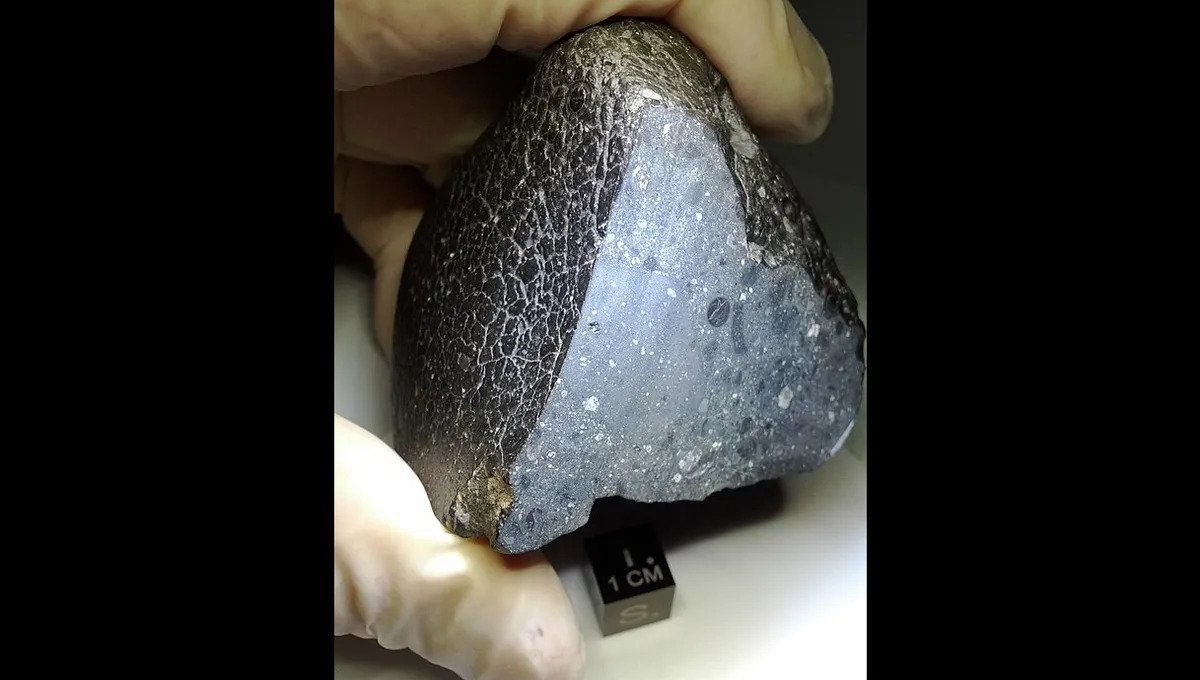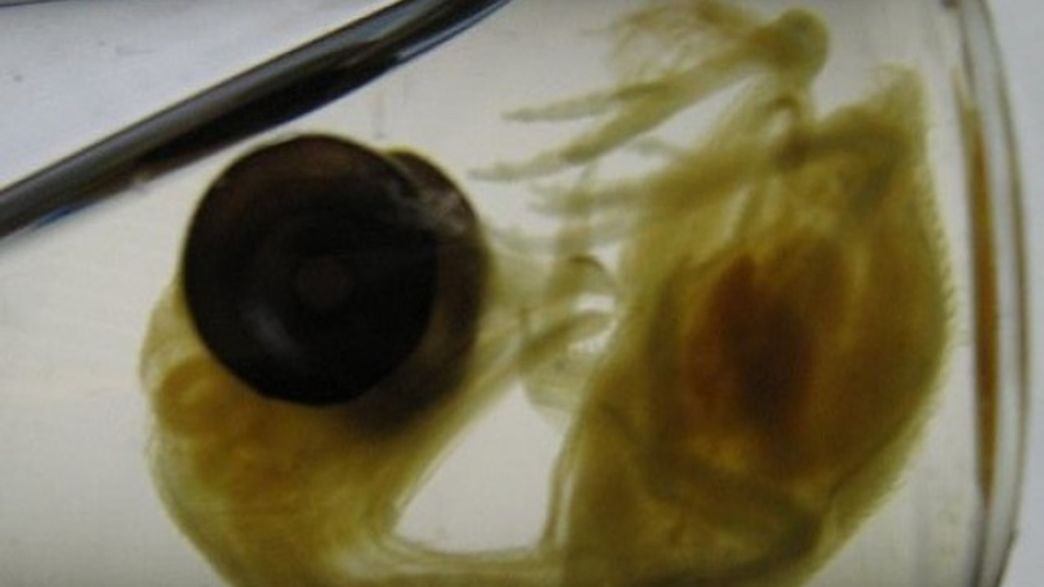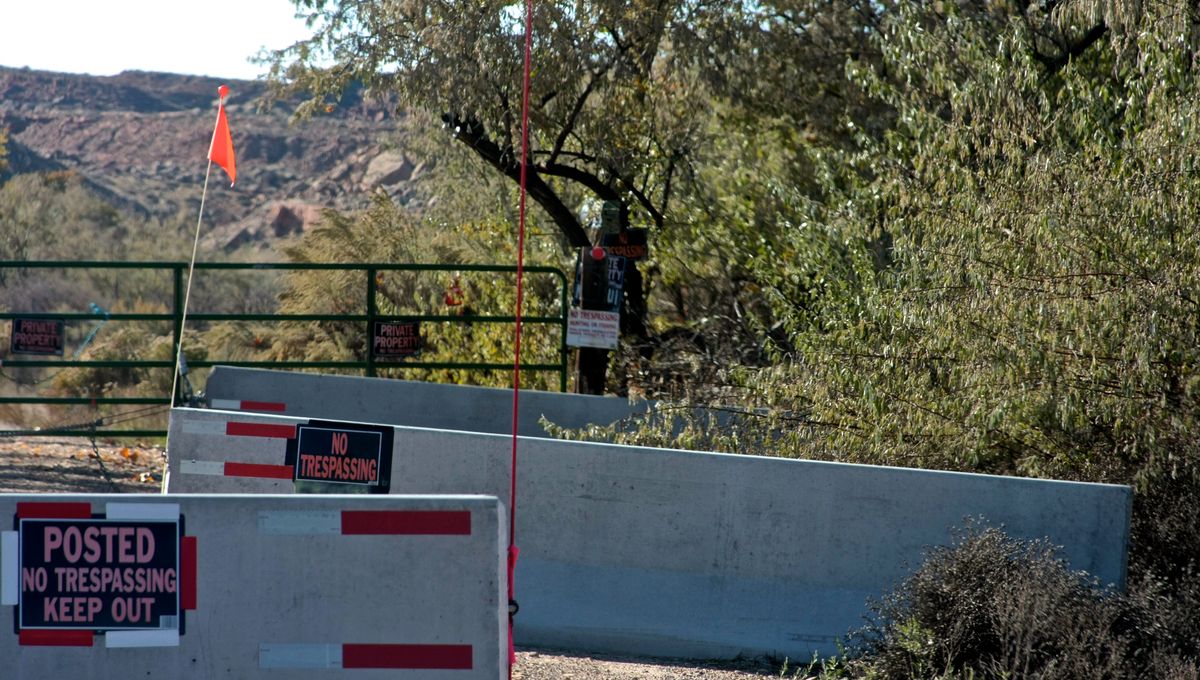Remember the days when floppy disks and other storage devices had to be protected from powerful magnetic fields to prevent data loss? Well, a recent story in Science Magazine brings back that familiar feeling. It tells the tale of how a piece of the meteor known as Black Beauty (NWA 7034) was accidentally overwritten before scientists could study it. While computer users from the ’80s and ’90s could often recover lost information with enough effort, the same cannot be said for a piece of Mars that formed 4.4 billion years ago.
Black Beauty was expected to provide answers to important questions about the magnetic field that once protected the Martian atmosphere from depletion. However, as a study reveals, obtaining those answers will require another piece of the asteroid, scattered across parts of the Western Sahara, to be kept far away from powerful magnetic fields.
The issue lies with the use of strong hand magnets by asteroid hunters and dealers to determine if a rock is a meteorite. While this test increases the chances of finding meteorites, it also erases the pre-existing magnetic field and replaces it with the magnet’s own field.
The study investigates the impact of different field strengths on basalt, which serves as a proxy for meteorites. It demonstrates that exposure to these magnets eliminates the natural magnetism and creates a distinct pattern where the outer parts of the meteorite are more magnetized than the core.
Unfortunately, the study also reveals that all the tested pieces of Black Beauty exhibit this pattern, leaving us with no new insights into early Martian magnetism. There is only one other known Martian meteorite that may be old enough to predate the loss of the planetary magnetic field, and even that is uncertain.
MIT’s Dr. Foteini Vervelidou aptly describes the situation, saying, “It’s like having this unique piece of information destroyed. Why would you buy an amazing painting and then throw some sauce on it?”
Hand magnets are used because meteorites often contain iron, which was historically used to create early weapons. However, Earth also has plenty of iron-rich rocks, so simply being attracted to a magnet doesn’t prove a stone came from the sky. In fact, many of the most scientifically valuable meteorites have low magnetic materials and won’t respond to even a powerful magnet. Similar to Earth, iron on larger celestial bodies in the Solar System sank to the core and is unlikely to have been dislodged by an asteroid impact.
The authors of the study hope that their work will discourage meteorite hunters from relying on magnet tests. This may be feasible for semi-professional teams using camera networks to track meteorite locations. However, for individuals in deserts who rely on meteorite finds as a vital source of income, implementing the authors’ suggestion of using expensive susceptibility meters may prove challenging.








